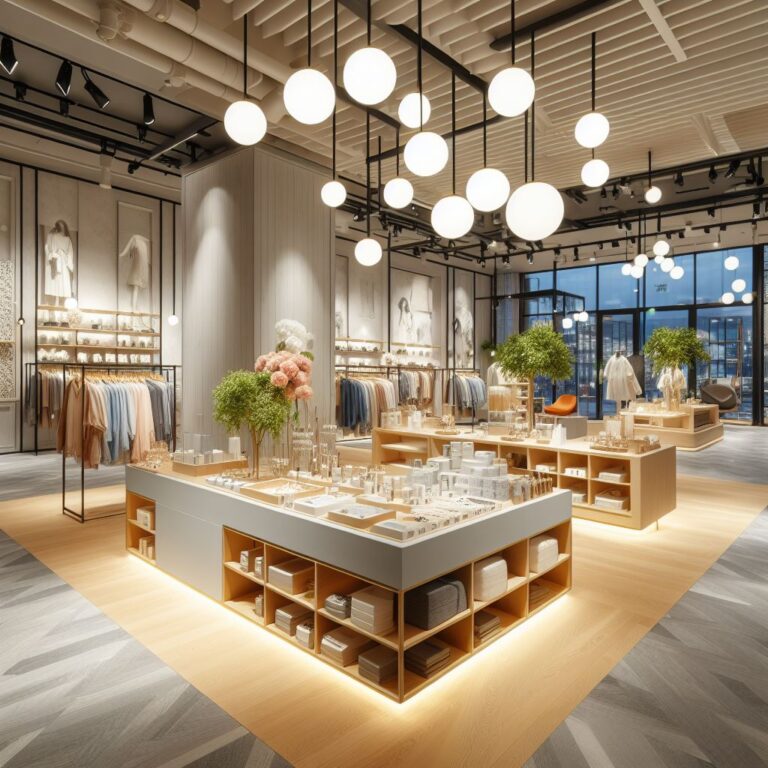Principles of Effective Retail Store Design and Layout

Effective retail store design and layout are essential in creating a shopping environment that not only attracts customers but also enhances their overall experience. This article delves into the key principles of store design that can lead to increased customer engagement and sales.
Understanding Customer Flow and Movement
The layout of a store should be designed to guide customers through the space in a way that feels natural and intuitive. Effective use of signage, strategic placement of high-demand products, and a clear path through the store encourage thorough exploration and discovery. Retailers must consider factors such as store entrance, aisle width, and the overall floor plan to optimize customer flow.
Strategic Product Placement for Maximum Exposure
Product placement is a critical aspect of retail design. Products should be organized in a way that highlights new arrivals, bestsellers, and promotional items. Eye-level shelving and creative displays can significantly increase product visibility. Incorporating cross-merchandising strategies, where complementary products are placed together, can also encourage additional purchases.
Creating an Inviting Store Atmosphere
The overall ambiance of a store plays a crucial role in attracting and retaining customers. Elements such as lighting, color schemes, music, and scent should be carefully considered to create a welcoming and comfortable environment. The store’s design should reflect the brand’s identity and resonate with the target audience. Studies show that a pleasant store atmosphere can increase the time customers spend in the store, directly impacting sales.
Leveraging Technology in Store Design
Integrating technology into the store layout can enhance the shopping experience. Digital signage, interactive kiosks, and virtual fitting rooms are examples of technologies that can provide convenience and entertainment to customers, while also offering valuable data insights to retailers.
Adapting to Changing Trends and Customer Preferences
Retail store design is not static; it should evolve with changing market trends and consumer preferences. Regular updates to the store layout and design keep the shopping experience fresh and engaging. Flexibility in design allows retailers to quickly adapt to seasonal changes, promotional events, and emerging retail trends.
Conclusion
Effective store design and layout are vital for creating an engaging and successful retail environment. By understanding and applying these principles, retailers can craft spaces that not only attract customers but also enhance their shopping experience, leading to increased customer loyalty and sales.